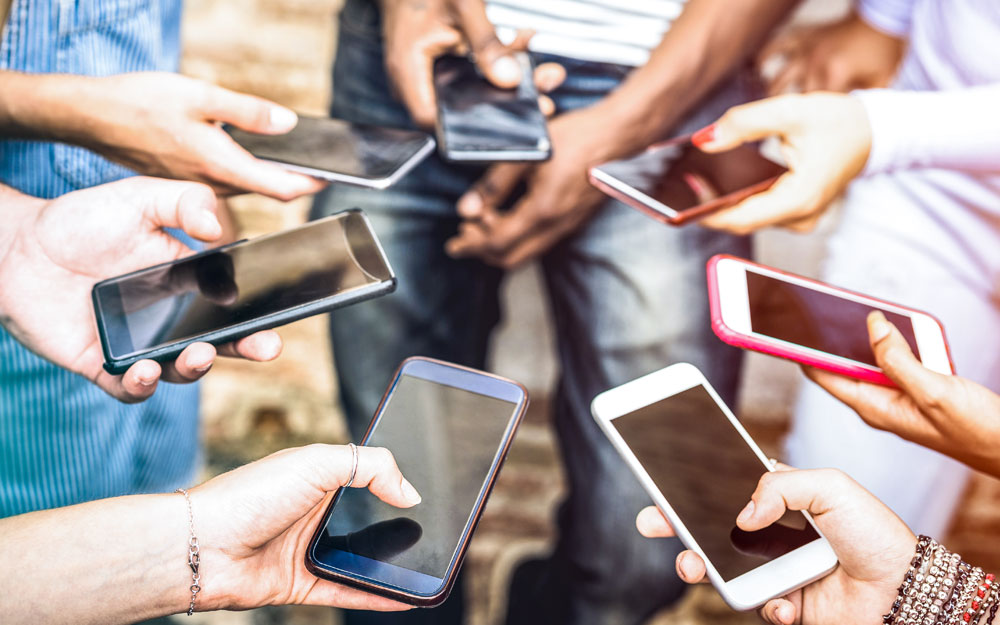Buying behaviors developed during the time of COVID-19, including wide-scale digital usage, have emerged rapidly and will thrive long past the post-pandemic horizon.
To stay competitive organizations must respond to these behavioral changes and take immediate action. These trends are especially relevant as we move forward in 2021.
Businesses, of course, already viewed digital transformation as critical well before the pandemic. But for the first time, we’ve witnessed a vast majority of interactions involving customers and employees taking place virtually. As consumers change how they move more of their activities online, businesses have increasingly accelerated their digital transformation plans.
According to a study by the U.K. cloud communications platform Twilio, the pandemic has sped up digital transformation by 5.3 years. As leaders try to complete, maintain and build on this accelerated evolution, it is estimated that worldwide digital transformation spending will nearly double between 2020 and 2023.
Prior to the pandemic the idea of working-from-anywhere was increasingly popular thanks to the gig economy. Once the virus was widespread, businesses that had not thought this model would work on a large scale were forced to rethink and go remote. They learned that they could trust employees to perform a high percentage of tasks with little or no decrease in productivity/quality no matter where the cogs did their jobs.
Although some companies plan to bring workers back, at least partially, others are leaning into remote setups and have no plans on returning to physical offices.
Businesses have rapidly adopted touch-free technologies and developed new virtual service options. Many buyers who have used curbside pickup at the onset of the pandemic plan to continue using it going forward. Invesp reports, 67% of shoppers in the US have used Buy Online Pick Up In-Store (BOPIS) in the past six months, and businesses will fulfill 10 percent of all sales with Click and Collect by 2025.
According to a recent MasterCard poll, about 4 out of 5 consumers are using some form of contactless payment because of the virus, with said transactions jumping 40 percent in Q1 around the world.
As these options become de rigueur for retailers, restaurants and grocery stores—consumers will keep expecting these new, cleaner conveniences to avoid issues like in-store congestion.
